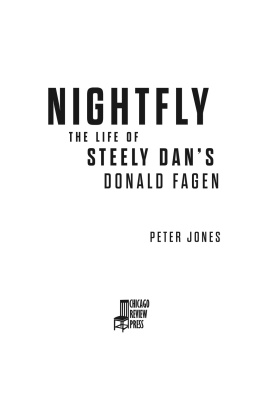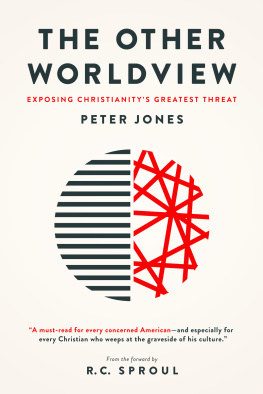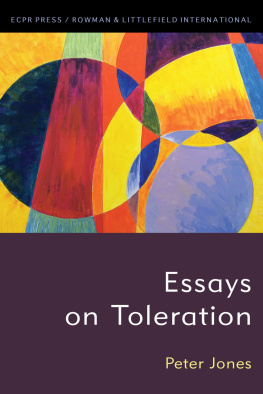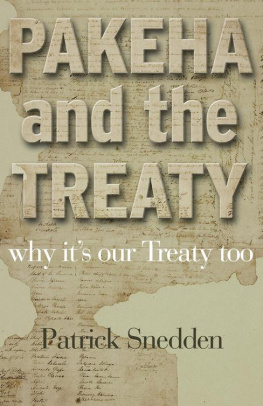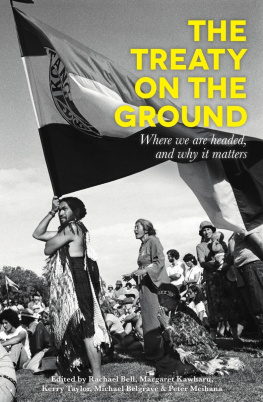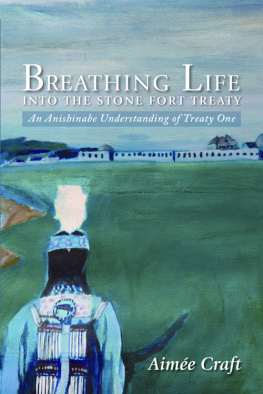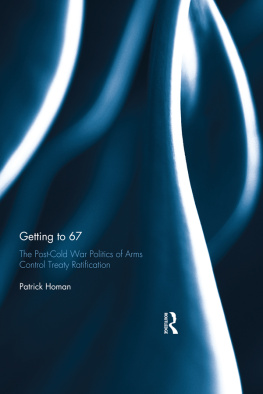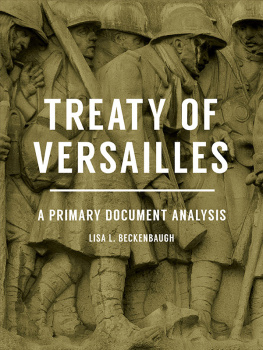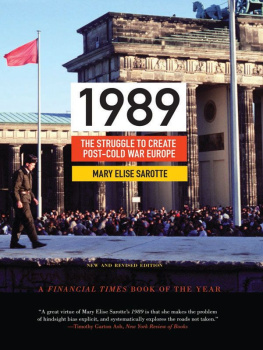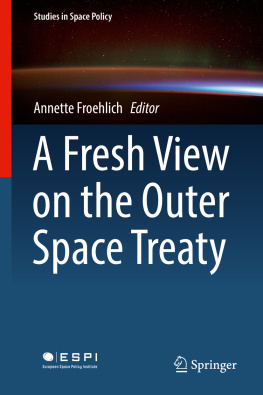Stanford University Press
Stanford, California
2014 by the Board of Trustees of the Leland Stanford Junior University.
All rights reserved.
No part of this book may be reproduced or transmitted in any form or by any means, electronic or mechanical, including photocopying and recording, or in any information storage or retrieval system without the prior written permission of Stanford University Press.
Printed in the United States of America on acid-free, archival-quality paper
Library of Congress Cataloging-in-Publication Data
Jones, Peter L. (Peter Leslie), author
Open skies : transparency, confidence-building, and the end of the Cold War / Peter Jones.
pages cm. (Stanford security studies)
Includes bibliographical references and index.
ISBN 978-0-8047-9098-7 (cloth : alk. paper)
1. Treaty on Open Skies (1992)History. 2. Arms controlVerification. 3. Airspace (International law). 4. Confidence and security building measures (International relations). I. Title.
KZ5885.2.J66 2014
341.7'33dc23
2014010065
ISBN 978-0-8047-9231-8 (electronic)
Typeset at Stanford University Press in 10/14 Minion
Special discounts for bulk quantities of Stanford Security Studies are available to corporations, professional associations, and other organizations. For details and discount information, contact the special sales department of Stanford University Press. Tel: (650) 736-1782, Fax: (650) 736-1784
PREFACE
Since 2011, I have had the privilege of being an Annenberg Distinguished Visiting Fellow at the Hoover Institution at Stanford University. Although I was brought on to do work on conflict resolution and Track Two diplomacy, I have been able to take advantage of my periods in residence in this wonderful environment to take part in many discussions and workshops on a wide variety of subjects.
In March of 2012, a small workshop was held at Hoover about the Open Skies Treaty. The purpose was to review the Open Skies regime, and, more important, to explore how it might be expanded to keep pace with international developments in the two decades since it was signed. A particular catalyst of the discussion was a paper written by Sidney Drell and Chris Stubbs, which argued that Open Skies should be updated, to allow it to play a greater role in the verification of deep cuts, and the eventual elimination of nuclear weapons and other Weapons of Mass Destruction (WMD).
The workshop was my first reacquaintance with Open Skies in over a decade. I gave a presentation on the negotiation of the treaty, and another on the application of Open Skies in different regional contexts. Mostly I listened to those who were working on the implementation of the treaty. I learned a great deal from the discussions, but also noted that few of these people understood the issues that had confronted the negotiators of the treaty. This took the form of frustrations expressed over what were seen as needless limitations and complications that the original drafters of the treaty had mysteriously placed on its own evolution.
I found myself drawn back to Open Skies in the wake of this workshop. The subject had been a focus of my life, both professionally and academically, from 1989 to 1995. In 1989 I was hired to work in an organization called the Verification Research Unit within the Arms Control and Disarmament Division at Canadas Department of External Affairs, as it then was called. I walked in at just the moment Open Skies arose on the agenda and was assigned to work on it. This completely unplanned development was to become a significant focus of the first period of my service with External Affairs, from the earliest work to develop the idea in early 1989 until the signing of the treaty in March of 1992. I attended all three Open Skies conferences as a member of the Canadian delegation, and was responsible for coordinating much of the day-to-day work within the Canadian bureaucracy to develop policy toward the idea. I also wrote a number of scholarly papers and articles on the subject in the early 1990s. Following that I had little involvement with Open Skies until the workshop at Hoover in March of 2012.
Although my remit at Hoover was not Open Skies, I wondered in the wake of the workshop if there might be the makings of a book that would explain how the treaty came to be. As this work has gone on, I have come to the view that the basic purpose of this book is multifaceted. First, I want to present the history of the development of the treatythe first really comprehensive, book-length treatment of itand explain why the treaty is structured as it is. My hope is that those who follow the world of arms control and confidence-building will find this book a useful addition to their field. Second, I want to explore how Open Skies affected, and was affected by, the extraordinary times of its negotiation, during which the Cold War ended and the Soviet Union collapsed. As readers will discover, it was a difficult negotiation that did not hit its stride until some of the key delegations, which had been mired in Cold War thinking, transformed their view of what Open Skies should be, to catch up to the developments between 1989 and 1992. But it should be made clear that this is not a book about the end of the Cold War as such; it is about the Open Skies negotiations and their times. I leave it to historians of those years to draw the connections between the Open Skies talks and the debates that take place over the wider themes of the era. I hope this book will provide them some useful insights into one aspect of that crucial period. Third, I hope that a detailed history of this negotiation will contribute to the understanding of how actual negotiations work in practice as seen from the inside. Finally, I want to share my thoughts and insights into the role that cooperative aerial monitoring can play in helping to transform other difficult relationships around the world. I thus conclude the book with some thoughts concerning how the Open Skies experience may inform other attempts to use cooperative aerial monitoring to build trust.
Upon commencing this project I had a naive view that it would take a few months. It took more than a year. My earlier work, on which much of this book is based, had to be extensively rewritten to take into account much scholarship that has been written since 1995, and also the release of many documents since then. More broadly, the tumultuous years during which Open Skies was negotiated are now better understood and documented. Finally, in order to make the story as complete as possible, I had to write about the development of the regime since the treaty was signed in 1992, and also develop some thoughts into where it may be going in future.
Writing a book is a solitary experience in many ways, but also a collaborative one. In my case, I was extremely fortunate in that many of my former colleagues in the negotiation agreed to read this book in draft and share their recollections and insights with me. Ralph Lysyshyn and John Noble, my bosses during the Open Skies negotiation, and heads of the Canadian delegation to the different Open Skies conferences, were very helpful. Commander (then Lieutenant Commander) F. W. (Ted) Parkinson was on the staff of the Arms Control Section in Canadas Defence Department during the Vienna conferences and attended most of these sessions. He too read the book in draft, contributed his insights, and has allowed me to cite him.



